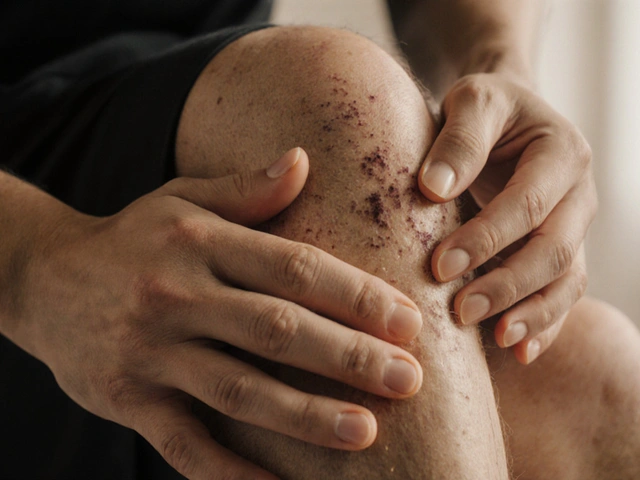Medical massage: real help for pain, recovery, and mobility
Feeling stuck with pain or slow recovery? Medical massage focuses on fixable problems—tight muscles, scar tissue, nerve irritation, and movement limits. Unlike a spa massage, the goal is clear: reduce symptoms, improve function, and help you return to everyday life or rehab faster. On this tag page you’ll find straightforward guides and real techniques you can try or discuss with your therapist.
What makes it "medical"? Therapists use targeted methods based on your history and symptoms. That can mean trigger point work to release muscle knots, myofascial techniques to free tight fascia, or gentler approaches like Ortho-Bionomy and palliative massage when pain is chronic or end-of-life care is needed. You’ll also find posts about Rolfing for posture and scoliosis, Feldenkrais and Hellerwork for movement retraining, and acupressure for quick at-home relief.
Who should consider medical massage?
If everyday pain limits you—stiff neck, stubborn back pain, post-surgery stiffness, or scar tightness—medical massage can help. People with scoliosis have reported real posture gains after Rolfing sessions. Athletes use targeted work like Amma and trigger point therapy to speed recovery. Families and hospice teams turn to palliative massage to ease discomfort and stress. Even those exploring traditional options can learn from Hilot, Lomi Lomi, or Lao techniques to complement medical care.
Some problems need hands-on care plus follow-up: contractual tendon issues may require surgical or noninvasive procedures, then focused massage helps regain motion. For chronic pain, gentle bodywork such as Ortho-Bionomy or polarity therapy can reduce tension without increasing symptoms. Blind massage shows how expert touch can be highly effective—therapists who train by touch often find patterns others miss.
What to expect in a session and how to choose a therapist
Expect a short intake where your therapist asks about your pain, medical history, and goals. Sessions mix assessment with targeted techniques and practical takeaways—home exercises, posture tips, or stretches. Good therapists coordinate with your doctor when needed and adapt pressure to your comfort. Ask about training in specific methods (trigger point, Hellerwork, Feldenkrais, Rolfing) and experience with your condition.
Safety matters. Tell your therapist about surgeries, blood thinners, or implants. If you feel worse after a session, speak up—some soreness can be normal, but sharp or lasting pain is a red flag. For end-of-life or fragile clients, trained palliative therapists prioritize comfort and gentle touch.
Quick tips: keep a pain diary, wear loose clothes, arrive hydrated, and try two to four sessions before judging results. Browse our articles on trigger point therapy, stone and warm stone massages, Amma, and Ortho-Bionomy to match the right approach to your needs. If you want targeted relief, start with a consultation and pick a therapist who listens.
Want help choosing? Read reviews, ask for case notes or references, and check if they offer a short trial session or phone consult. Good therapists explain risks and expected progress. If a method sounds odd, ask how it helps your specific issue before booking. We cover what works. Try us.
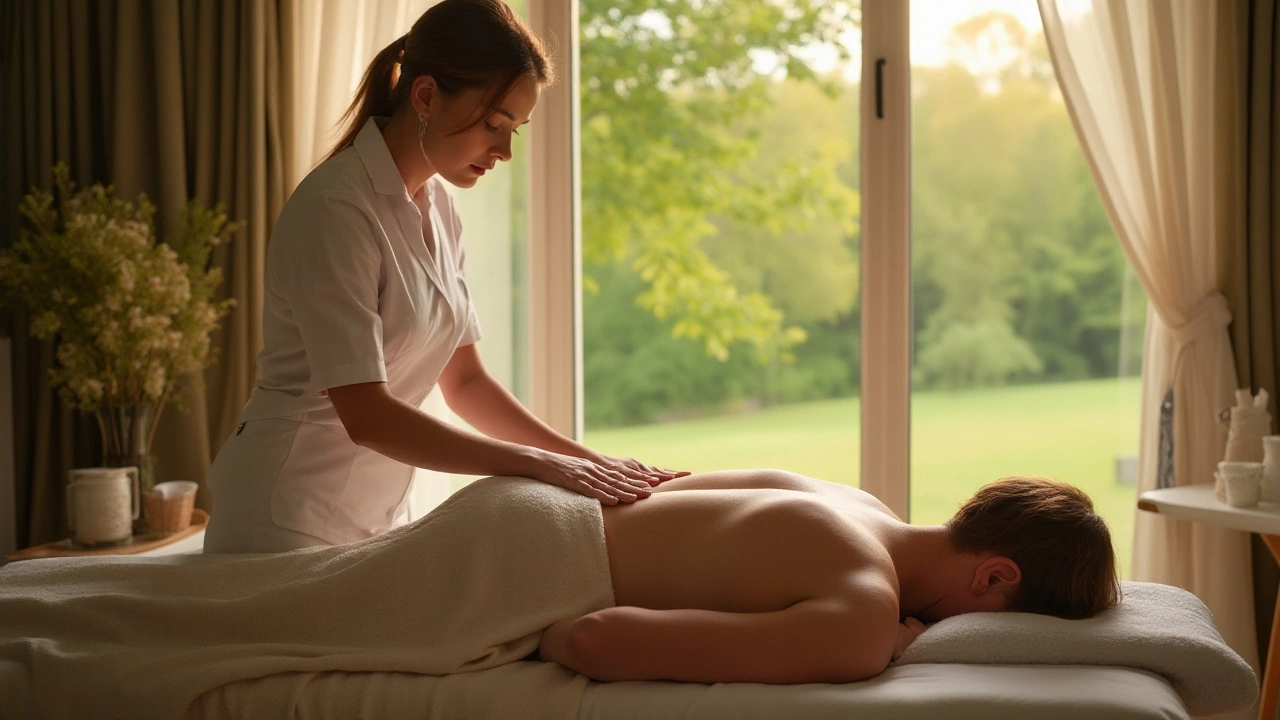
Medical Massage Therapy: Transforming Healing Practices
Medical massage therapy has emerged as a powerful tool in the realm of healthcare, offering individuals a path to healing beyond traditional medicine. By focusing on specific medical needs, this technique alleviates pain, reduces stress, and improves bodily function. This insightful article delves into the benefits, anecdotes, and tips regarding medical massage, showcasing its impact on modern treatment options. Readers will discover how this approach tailors to individual needs, providing a complementary solution to conventional treatments.

Unlocking Pain Relief: The Power of Medical Massage Therapy
Medical massage therapy offers a promising pathway for alleviating chronic pain, leveraging targeted techniques to address specific health issues. This practice not only provides relief but also aims to treat the underlying causes of pain, making it a potent alternative or complement to traditional medication. With its roots in various therapeutic traditions, medical massage is increasingly recognized by healthcare professionals as an effective treatment. This article delves into how medical massage works, the techniques involved, and tips for integrating this therapy into your wellness routine. By exploring these aspects, readers will gain a comprehensive understanding of how medical massage can enhance their quality of life.
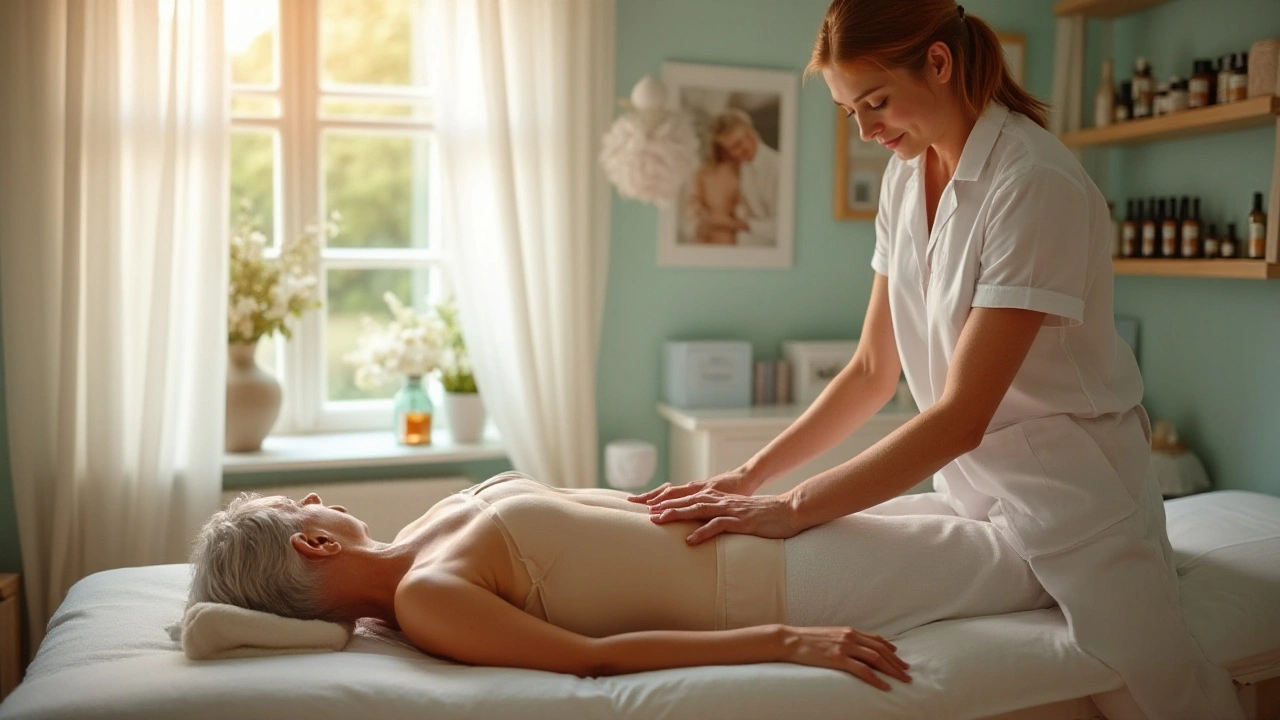
Enhance Life Quality with Therapeutic Medical Massage
Medical massage is a practice focused on using massage techniques to address specific medical needs. This type of massage therapy can help with chronic pain, muscle tension, and a variety of health conditions. By understanding the different techniques and how they can be tailored to individual needs, individuals can significantly improve their quality of life. The use of medical massage is a powerful tool in the journey towards better health and well-being.

Unveiling the Healing Benefits of Medical Massage for Mental Health
Medical massage isn't just for physical aches—its role in enhancing mental health is gaining attention. By promoting relaxation and reducing stress, this hands-on therapy contributes to clearer minds and increased emotional wellbeing. It has been found to help manage symptoms of anxiety and depression, offering a non-invasive support for mental health challenges. With regular sessions, individuals might find themselves not just feeling better physically, but emotionally revitalized as well.
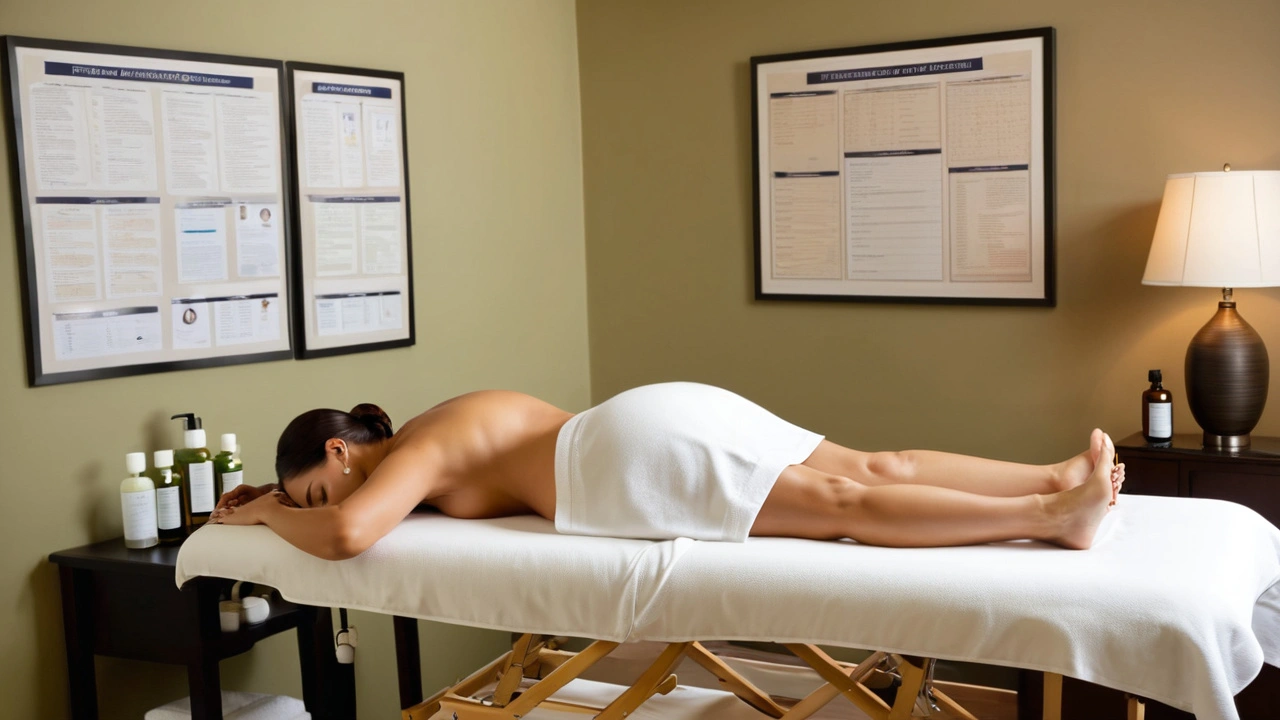
Why Medical Massage is Revolutionizing Wellness in 2024
Medical massage is emerging as a leading therapy for various health issues, offering benefits beyond relaxation. This article explores why medical massage is gaining attention, its health advantages, how it differs from traditional massage, and tips for choosing the right practitioner. Discover how medical massage can be an essential part of your health regimen.

Top Benefits of Choosing Medical Massage Therapy
Medical massage is not just about relaxation. It's a powerful therapy that offers numerous health benefits, such as pain relief, rehabilitation from injuries, and improved mental health. Understanding these benefits can help you make an informed choice for your well-being. Read on to discover why medical massage should be a part of your health routine.
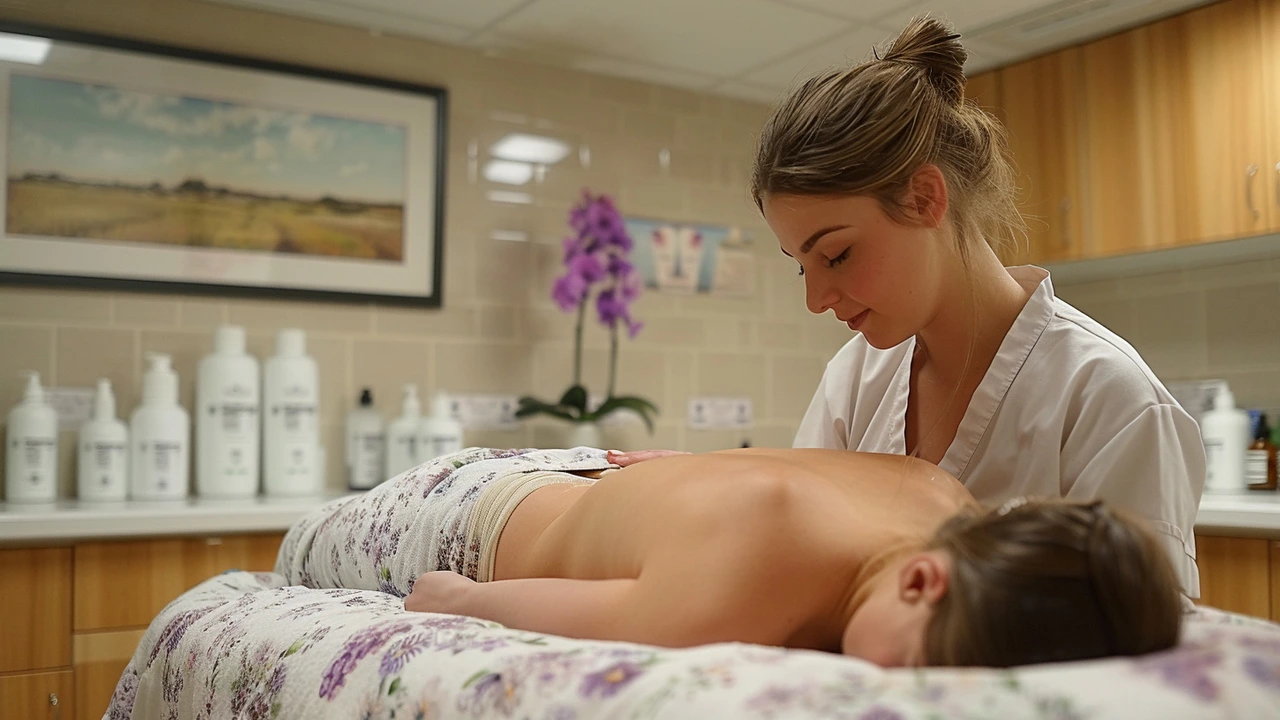
Unlocking Wellness: The Surprising Benefits of Therapeutic Massage
Explore the increasingly recognized field of medical massage and its wide-ranging benefits for both physical and mental health. From offering significant relief from chronic pain to playing a pivotal role in stress reduction and enhancing mental well-being, medical massage emerges as a powerful tool in complementing traditional medical treatments. This detailed article delves into the science-backed advantages, practical tips for integrating massage into your healthcare regimen, and real-life success stories that illustrate the transformative power of therapeutic touch.
Categories
- Health and Wellness (148)
- Alternative Therapies (86)
- Massage Therapy (40)
- Travel and Culture (15)
- Beauty and Skincare (9)
- Holistic Health (8)
- Health and Fitness (5)
- Spirituality (5)
- Other (2)
- Personal Development (2)

